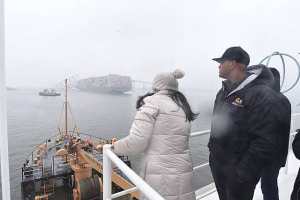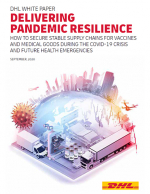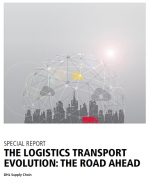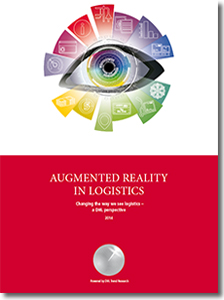Augmented Reality in Logistics
The next big wave of change in the logistics industry might just come in the form of Augmented Reality technology.
Understanding Augmented Reality
Imagine your car breaks down in the middle of the highway. You know very little about vehicle mechanics, and the next garage is miles away.
Today, this breakdown is likely to cost you lots of time and money to fix; but tomorrow, it may be no more than a minor glitch in your day.
Using your smart glasses, you’ll be able to launch your repair app and assess the problem through your normal line of sight accompanied by a step-by-step repair guide for your particular make and model of car, without the help of a mechanic.
Or imagine you’re out shopping, and want to know how other consumers have rated a jacket that you’re thinking of buying. By glancing down at the product with your smart glasses, you’ll instantly see extra information displayed alongside the jacket – user ratings, product price range, and supply information – all of which empowers your purchasing decision.
This is Augmented Reality (AR) – where every object you see could be enriched with additional and valuable information. AR is defined as the expansion of physical reality by adding layers of computer-generated information to the real environment.1 Information in this context could be any kind of virtual object or content, including text, graphics, video, sound, haptic feedback, GPS data, and even smell.
But AR is more than a simple displaying technology. It also represents a new type of real-time natural user interface for human interaction with objects and digital devices.
AR is made possible by performing four basic and distinct tasks, and combining the output in a useful way.
- Scene capture: First, the reality that should be augmented is captured using either a video-capture device such as a camera, or a see-through device such as a head-mounted display.
- Scene identification: Secondly, the captured reality must be scanned to define the exact position where the virtual content should be embedded. This position could be identified either by markers (visual tags) or by tracking technologies such as GPS, sensors, infrared, or laser.
- Scene processing: As the scene becomes clearly recognized and identified, the corresponding virtual content is requested, typically from the Internet or from any kind of database.
- Scene visualization: Finally, the AR system produces a mixed image of the real space as well as the virtual content.
What’s Related



Favorites





